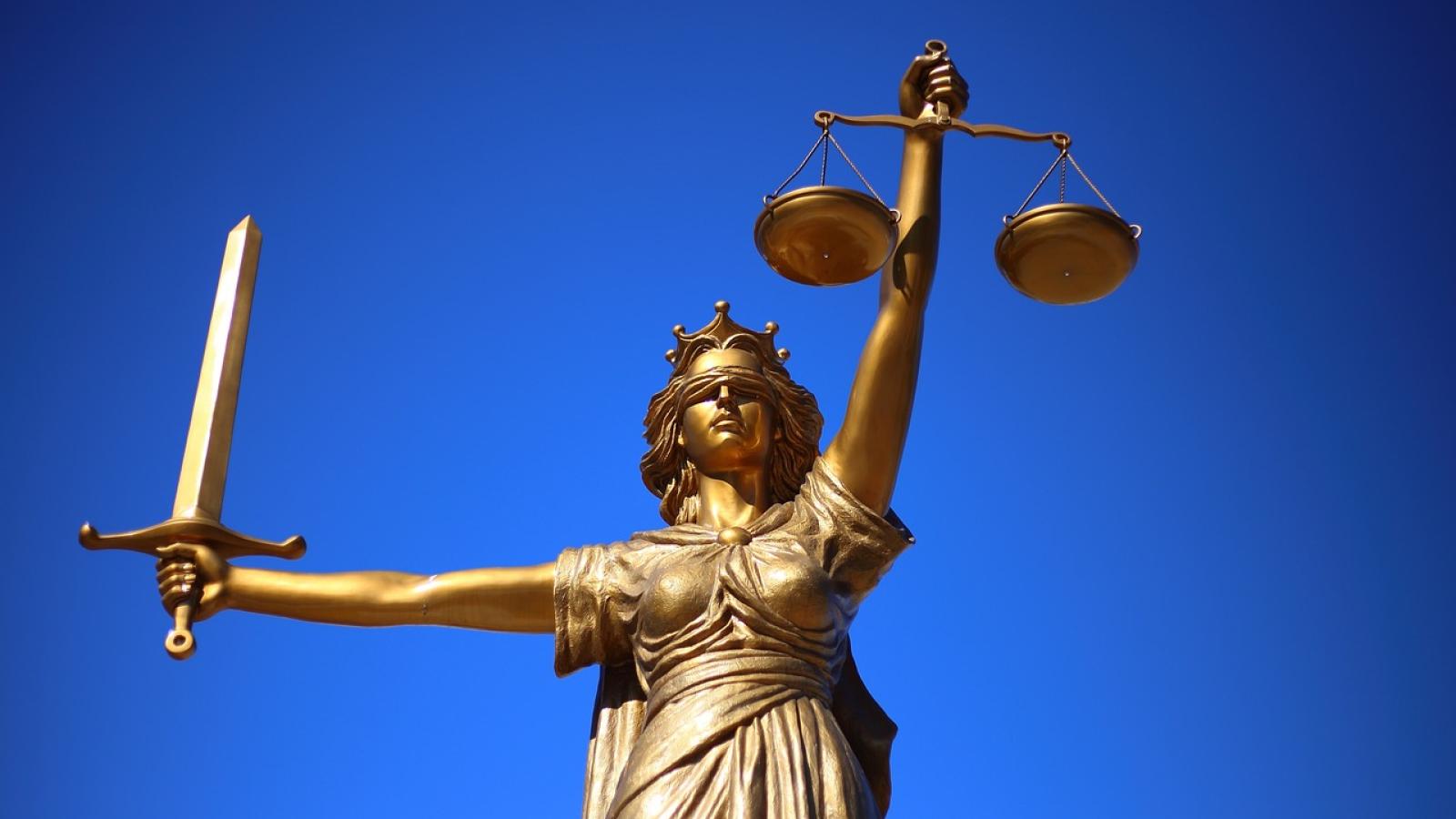
The ECGI blog is kindly supported by

The impact of climate litigation on corporate governance
Climate litigation is progressing apace in the United States, with cascading effects for corporate governance. Cities, states, and municipalities are increasingly filing negligence and nuisance claims against major greenhouse gas emitting companies, seeking redress for climate damages. Until recently, scholars and jurists thought it unlikely, even impossible, for these claims to succeed in redressing the physical harms of climate change. But advances in the science of climate change attribution undermine this assumption. Scientists can now model the impacts of anthropogenic emissions on climate change and link human contributions to GHGs to specific extreme weather events and impacts. These developments are promising for climate litigants, and they have major implications for companies in high emitting sectors.
Access to internal corporate communications concerning emissions and climate risks can also inform criminal or conspiracy claims against fossil fuel executives
Corporate executives in high emitting sectors must now grapple with litigation risk across multiple jurisdictions, new oversight obligations and fiduciary duties to shareholders, and an enhanced understanding of stakeholder impacts. Beyond the financial damages and reputational risks that defendant corporations face because of these climate lawsuits, internal company records and other information produced through discovery motivate additional corporate and securities claims. In one recent example, ExxonMobil shareholders brought claims against negligent managers for misleading investors about climate risks. In another case, Shell shareholders brought claims against executives for failing to plan for climate change and a net zero transition. Access to internal corporate communications concerning emissions and climate risks can also inform criminal or conspiracy claims against fossil fuel executives, as alleged by the state of Minnesota in its lawsuit against the American Petroleum Institute, for example. This evolving legal landscape presents corporate managers with new material risks.
Should climate litigants succeed in leveraging the tools of climate attribution to secure damages from corporate defendants, companies in high emitting sectors, like fossil fuel producers, could conceivably face bankruptcy. While such a scenario would likely be forestalled by a federal bailout, mass settlement agreement, or legislative preemption of climate tort claims, bankruptcy does not eliminate the targeted industries but restructures them. In the comparable example of tort litigation against opioid manufacturers, industry leaders faced bankruptcy because of lawsuits brought by cities, states, and municipalities seeking redress for the harms and public health burdens of the opioid crisis. In its bankruptcy settlement, Purdue Pharma was restructured as a public benefit corporation, owned by a public trust, and with restricted operations. A similar fate is plausible for companies like ExxonMobil and ConocoPhillips, which could be restructured as public benefit corporations owned by a climate trust, for example, and with operational restrictions in the public interest. These outcomes would require novel ownership arrangements and new experiments in governance that deviate from existing terms.
The costs of greenhouse gas emissions might be internalized in a more predictable manner conducive to informed and systematic governance.
More proactive managers might find an opportunity in the growing popularity of climate lawsuits to take initiative among industry peers. To be sure, the possibility of defending lawsuits across fifty state jurisdictions presents a litigation risk for high emitting industries and companies. Fossil fuel producers might get ahead of this risk by brokering a grand bargain with Congress to pre-empt all such litigation, along the lines of what gun manufacturers successfully secured with the Protection of Lawful Commerce in Arms Act. Instead of lobbying against climate legislation, corporate executives might instead negotiate an agreement for legal cover in exchange for a carbon tax. The costs of greenhouse gas emissions might then be internalized in a more predictable manner conducive to informed and systematic governance.
Climate litigation advances the case that climate risks are “mission critical” and that they incur managerial oversight duties.
Advances in climate attribution that can be leveraged by litigants to advance their claims for climate damages also present managers with tools to revise their own risk oversight systems and operating strategies. For example, as attribution studies make specific climate harms and impacts foreseeable to managers, this might implicate Caremark oversight liability. Under Caremark, directors may be liable for failing “to implement any reporting or information system or controls” or, having implemented such systems or controls, for failing to monitor or oversee a company’s operations and related risks or problems requiring their attention. Already, an ongoing debate concerns whether corporate boards should face potential liability for failing to monitor ESG risks where no legal requirement exists and where compliance is purely voluntary or aspirational. Climate litigation advances the case that climate risks are “mission critical” and that they incur managerial oversight duties.
Furthermore, advances in climate attribution methods have implications for the raging debate over ESG and stakeholder governance. Climate modeling methods linking emissions to climate damages can be used to project and quantify the impacts of different operational scenarios on specific stakeholder groups, giving corporate executives tools to operationalize their commitment to stakeholderism in a manner that is analytically and empirically rigorous, rather than merely performative or symbolic.
Climate tort litigation bolstered by developments in climate attribution prompts reconsideration of the duties and responsibilities of greenhouse gas emitters. Corporate executives will have to contend with these dynamics, and they would be well advised to do so proactively by reforming internal governance procedures and agendas instead of reactively as a result of adverse court rulings.
---------------------------------
By Aisha Saad, Dickerson Fellow at the University of Chicago Law School. Prior to joining the University of Chicago, Aisha was a Fellow at the Harvard Law School Program on Corporate Governance and Editor of the Harvard Law School Forum on Corporate Governance.
If you would like to read further articles in the 'Governance and Climate Change' series, click here
The ECGI does not, consistent with its constitutional purpose, have a view or opinion. If you wish to respond to this article, you can submit a blog article or 'letter to the editor' by clicking here.




